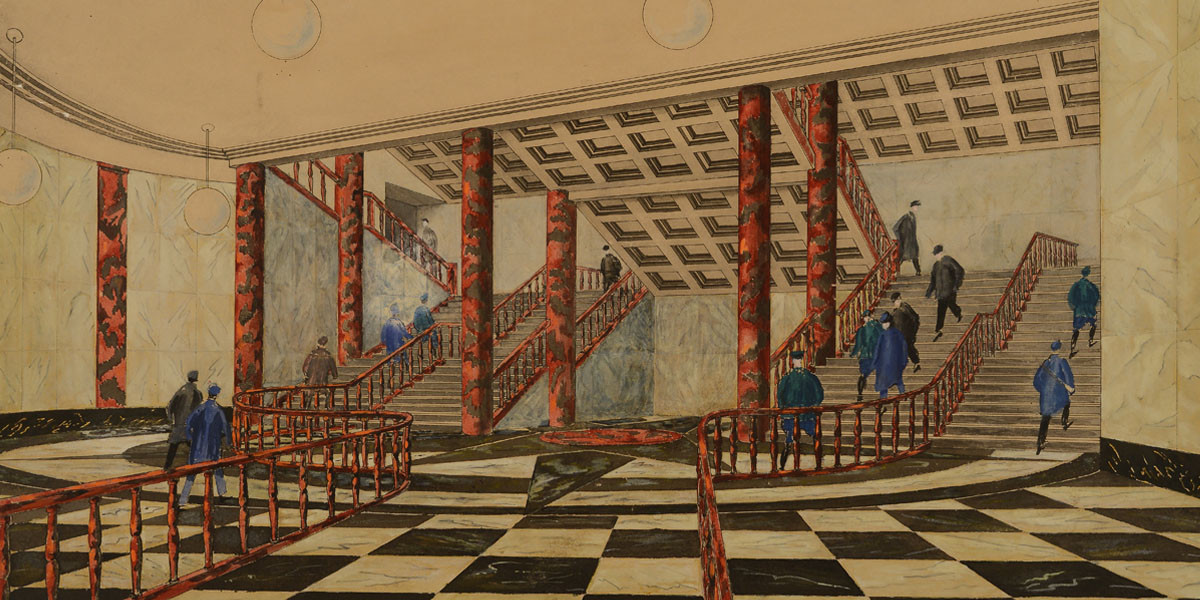Moscow Metro
One of the most grandiose projects of the Land of the Soviets, the Moscow Metro opened 80 years ago, in 1935, and has become a unique architectural and engineering structure, a functional and popular mode of transport, and an example of decorative and applied art of world significance.
This exhibition project by the Museum of Architecture presents a history of the Moscow Metro’s creation in structural plans, historical photographs and archive materials.
We focus on the first four stages of Metro construction, launched between 1935 and 1954. The display begins with works by renowned architects Ivan Fomin, Alexei Dushkin, Dmitry Chechulin, Alexei Schusev and Vladimir Gelfreikh. Stations from various periods are shown here, all recognised as superior examples by contemporaries: Krasniye Vorota,Kropotkinskaya, Komsomolskaya, Taganskaya, Elektrozavodskaya, etc.
Many Metro stations and pavilions were erected as the result of architectural competitions, although winning projects were often altered in the modification process. Particularly valuable in historical terms are original versions of Moscow Metro station plans and decoration designs that noticeably differ from their present-day appearance. Unique station projects entered in competitions but never implemented are exhibited here for the first time. These rare architectural drawings are complemented by photographs from different years, as well as photographic records of structures that no longer exist and are now lost to posterity.
The era of Modernism radically altered the palatial style of the Moscow Metro, although this was also the period when architects created superb projects for underground concourses at Chertanovskaya and Kuznetsky Most, continuing the traditions of previous decades.
This research project by the Museum of Architecture reveals the architecture of stations and pavilions in the capital city’s Metropolitan as an important page in Russian history, and charts the role and status of this epoch-making architectural and artistic monument in the context of world culture. One aim of the project is inclusion of the Moscow Metropolitan ensemble of major stations in the list of UNESCO World Heritage Sites.
